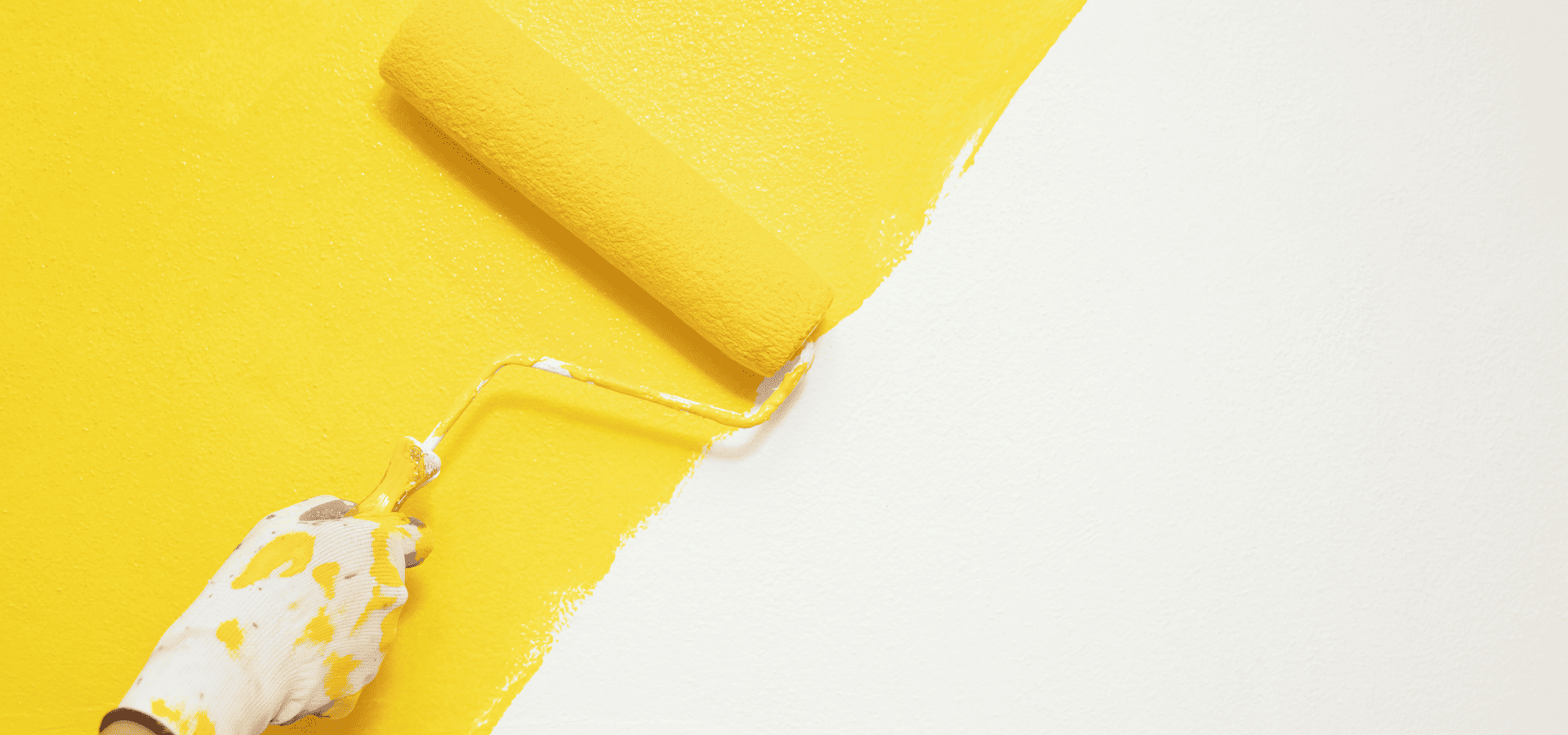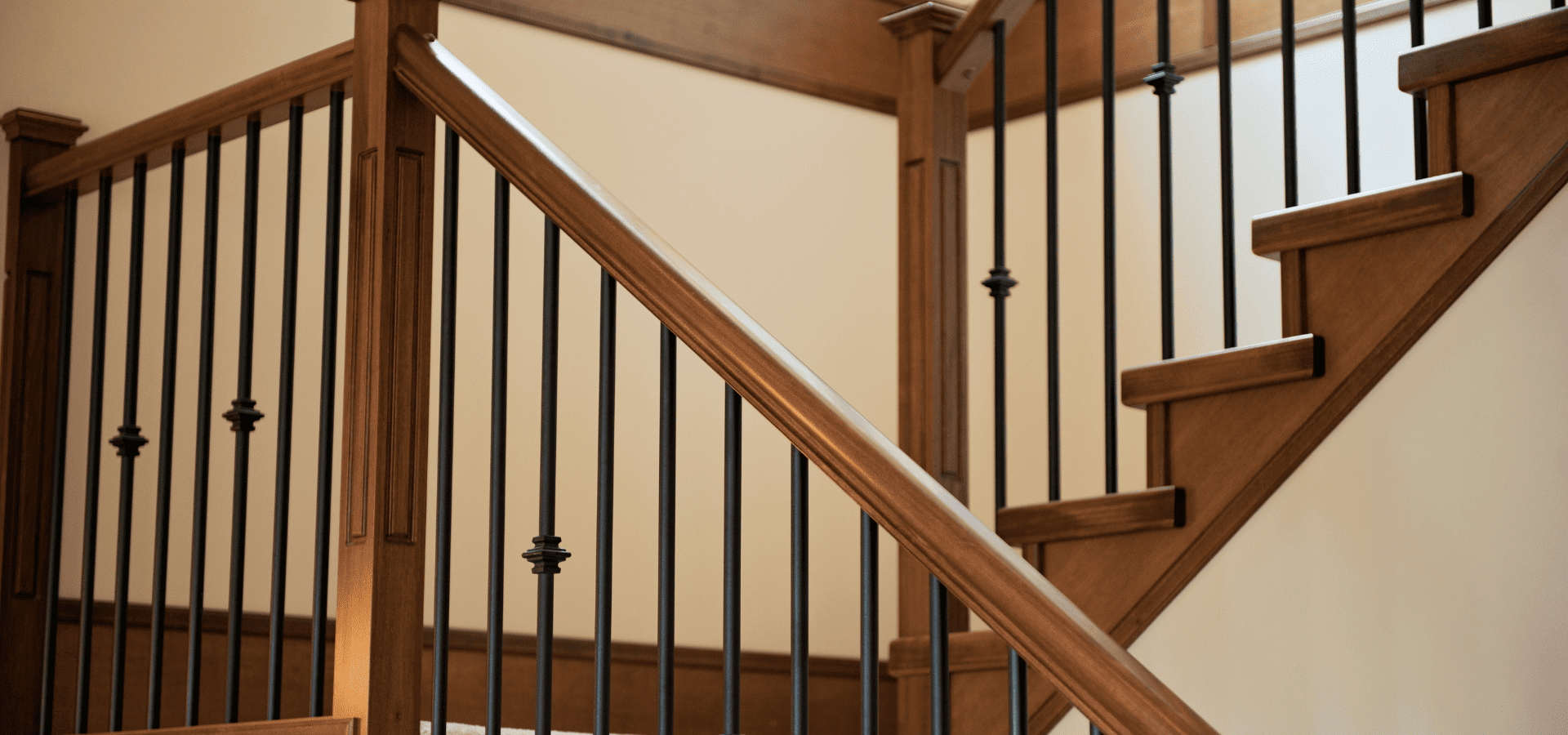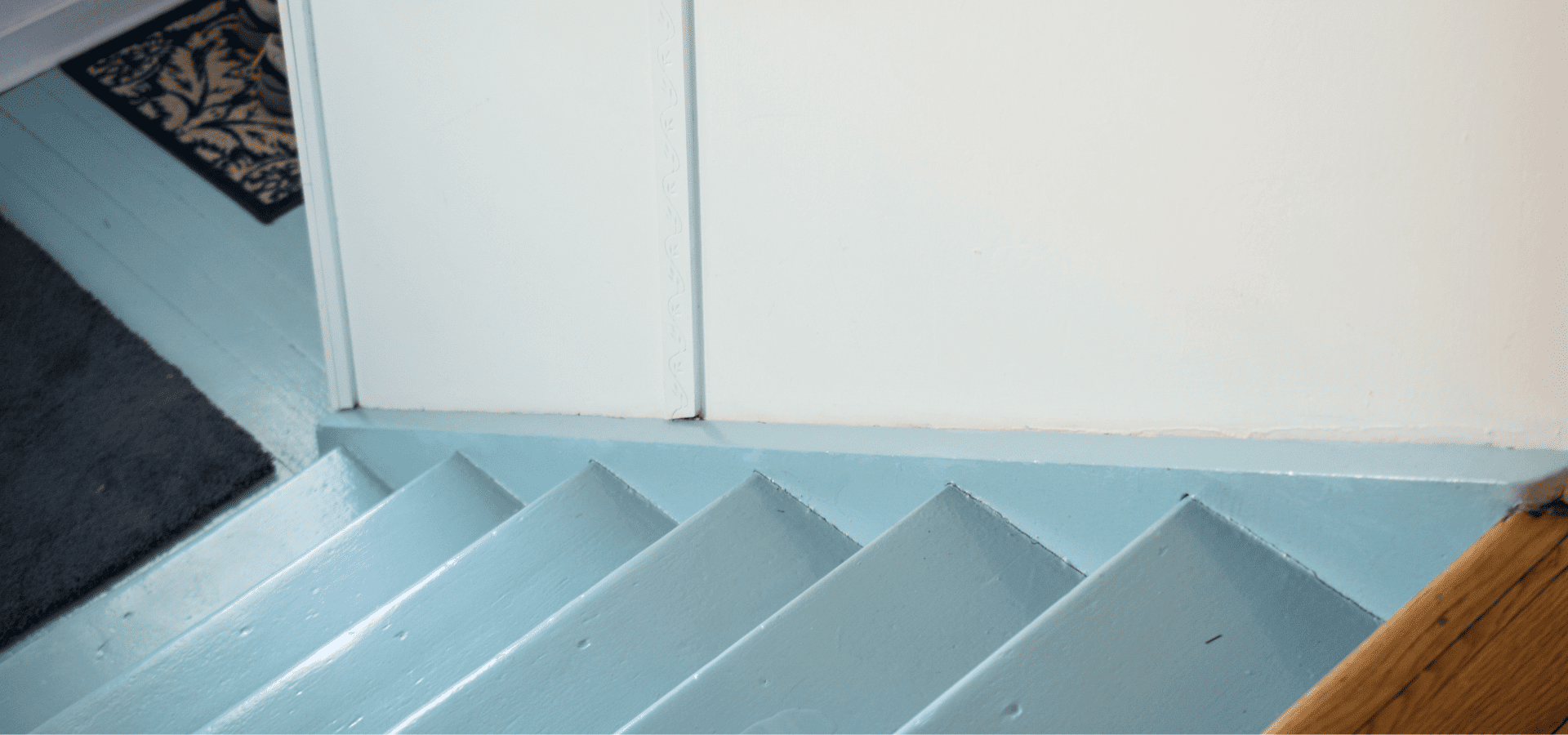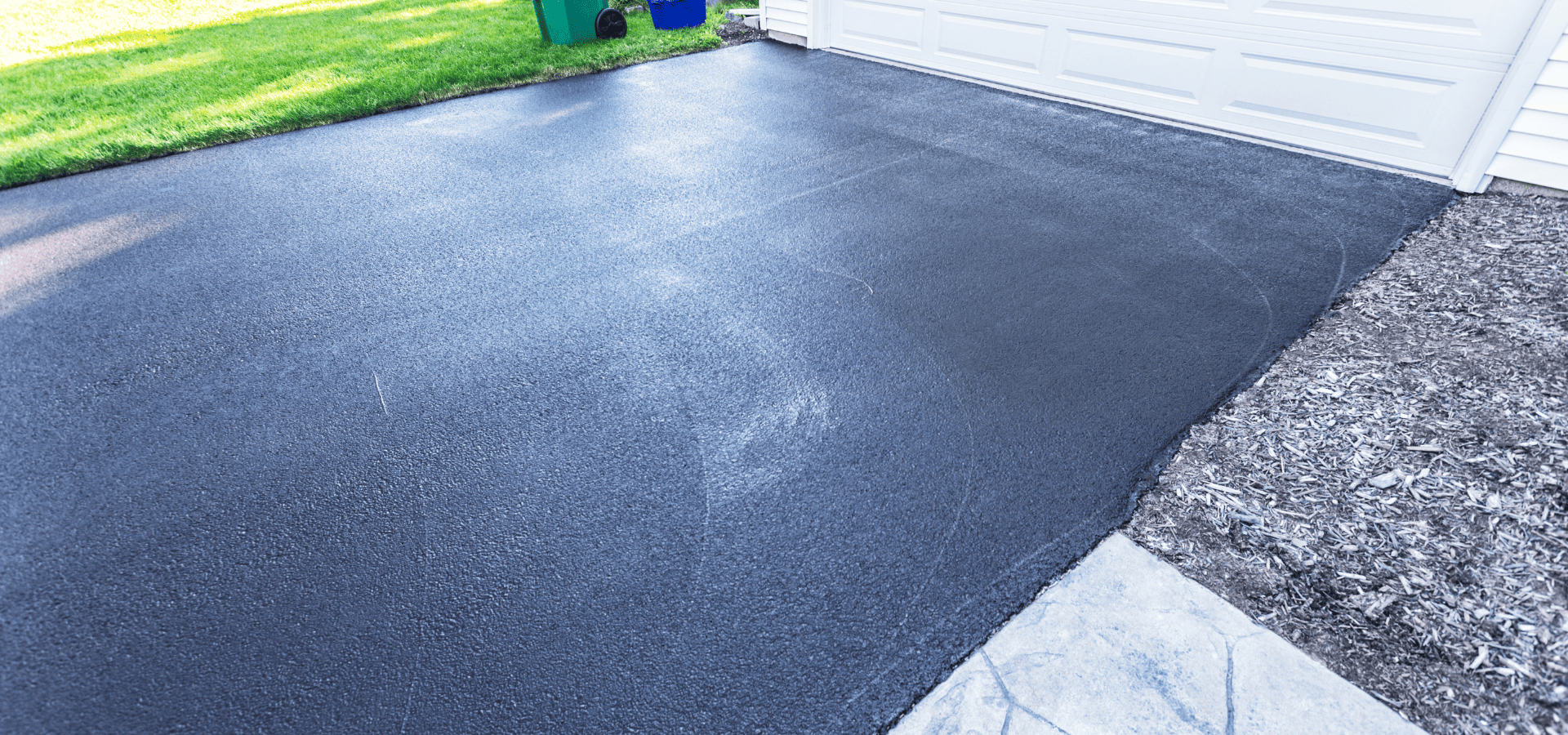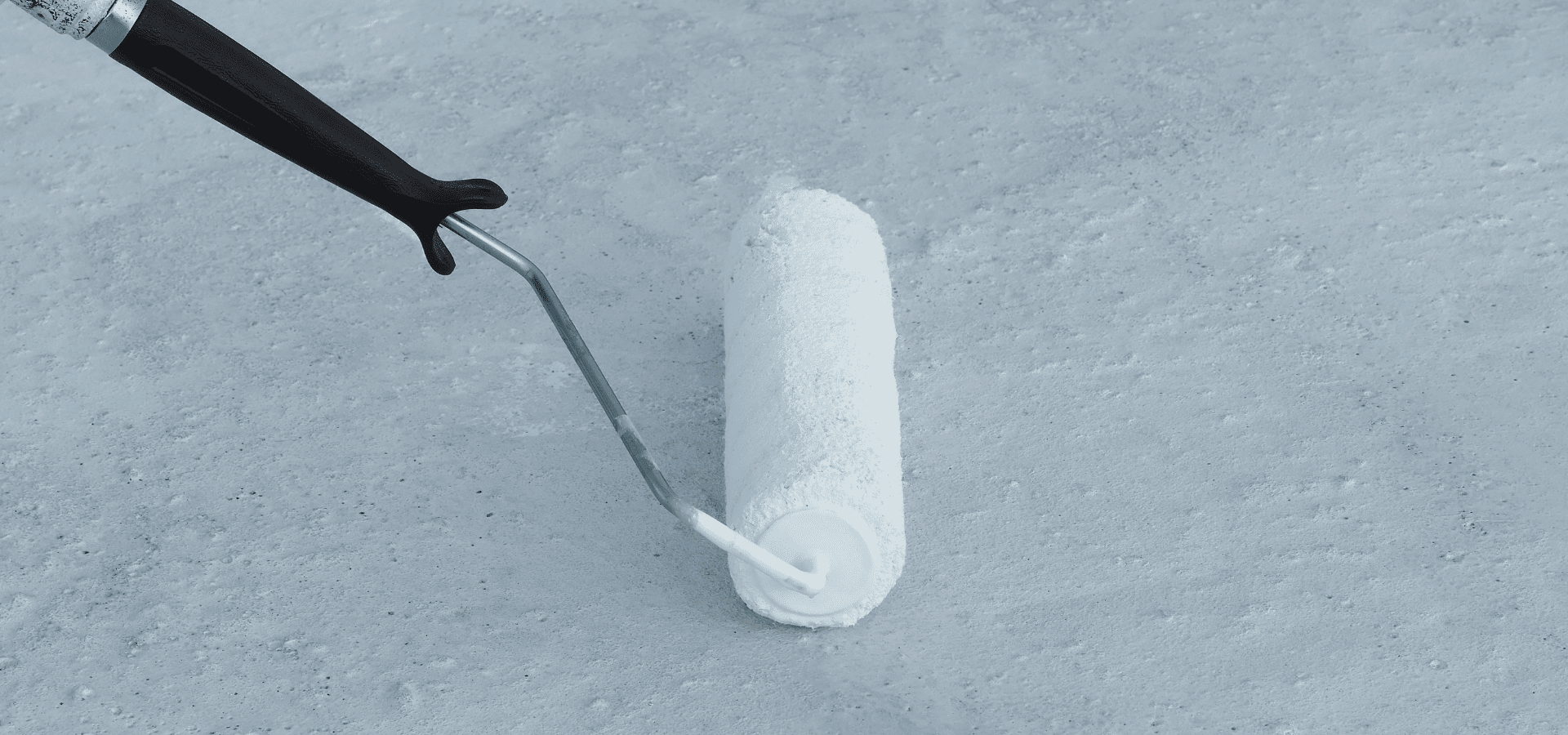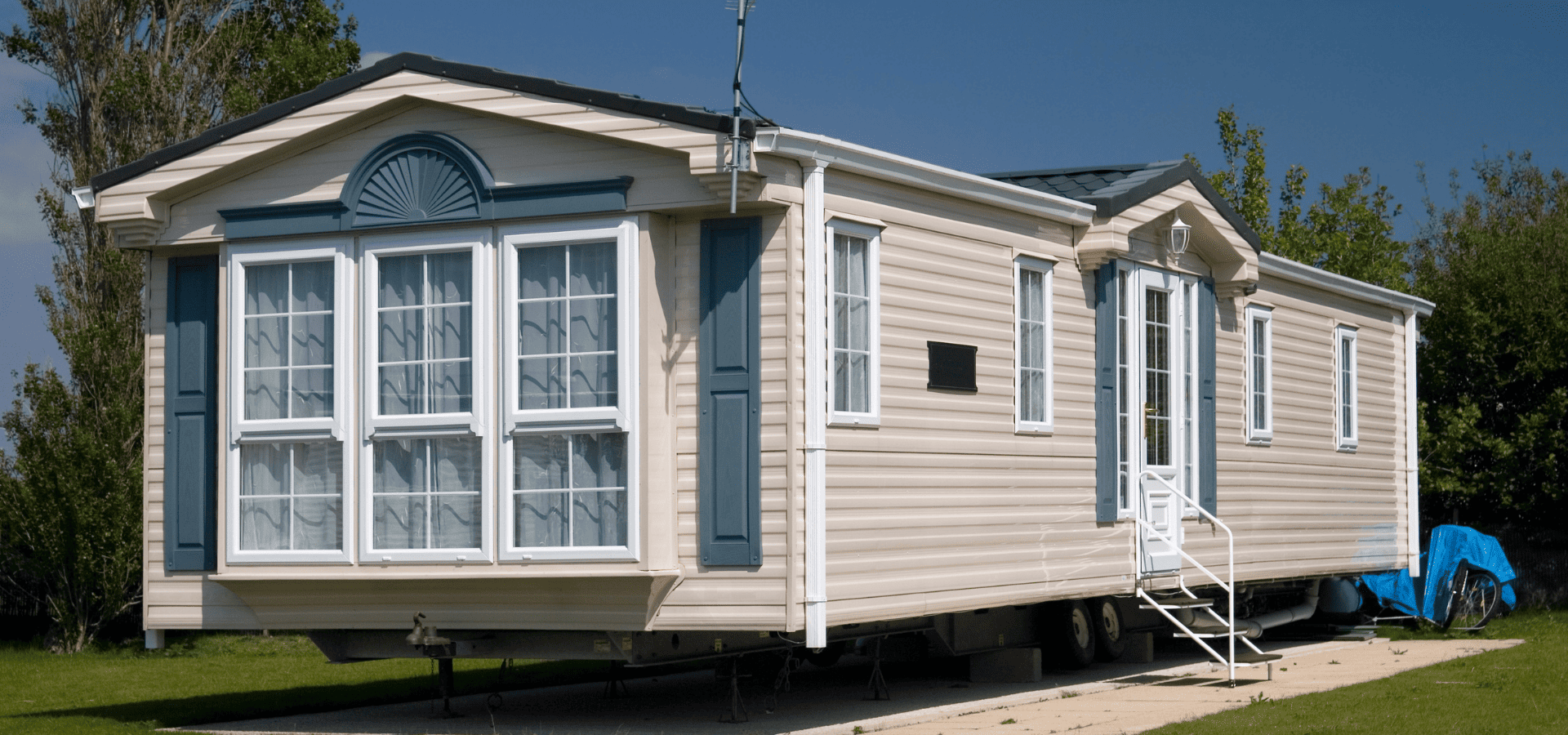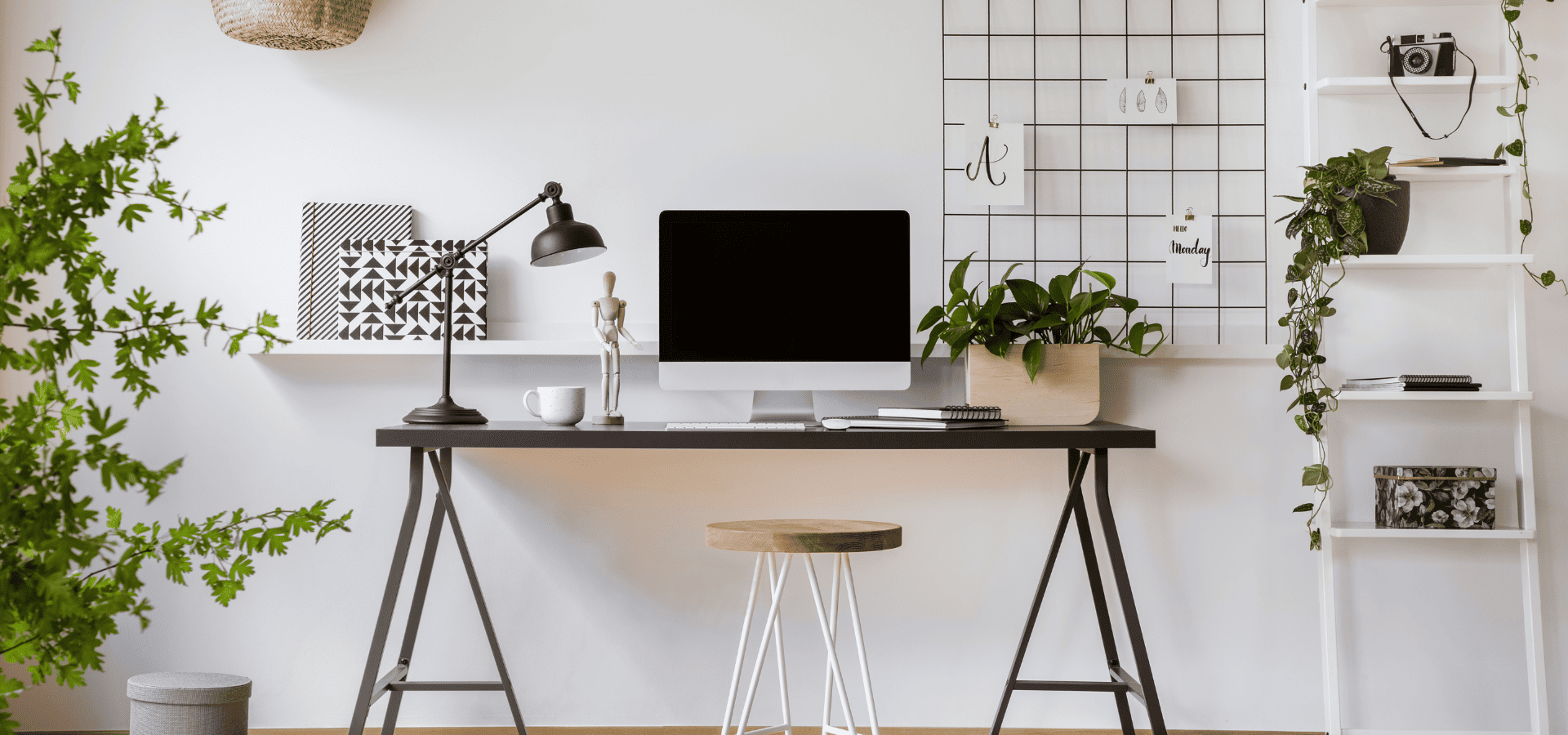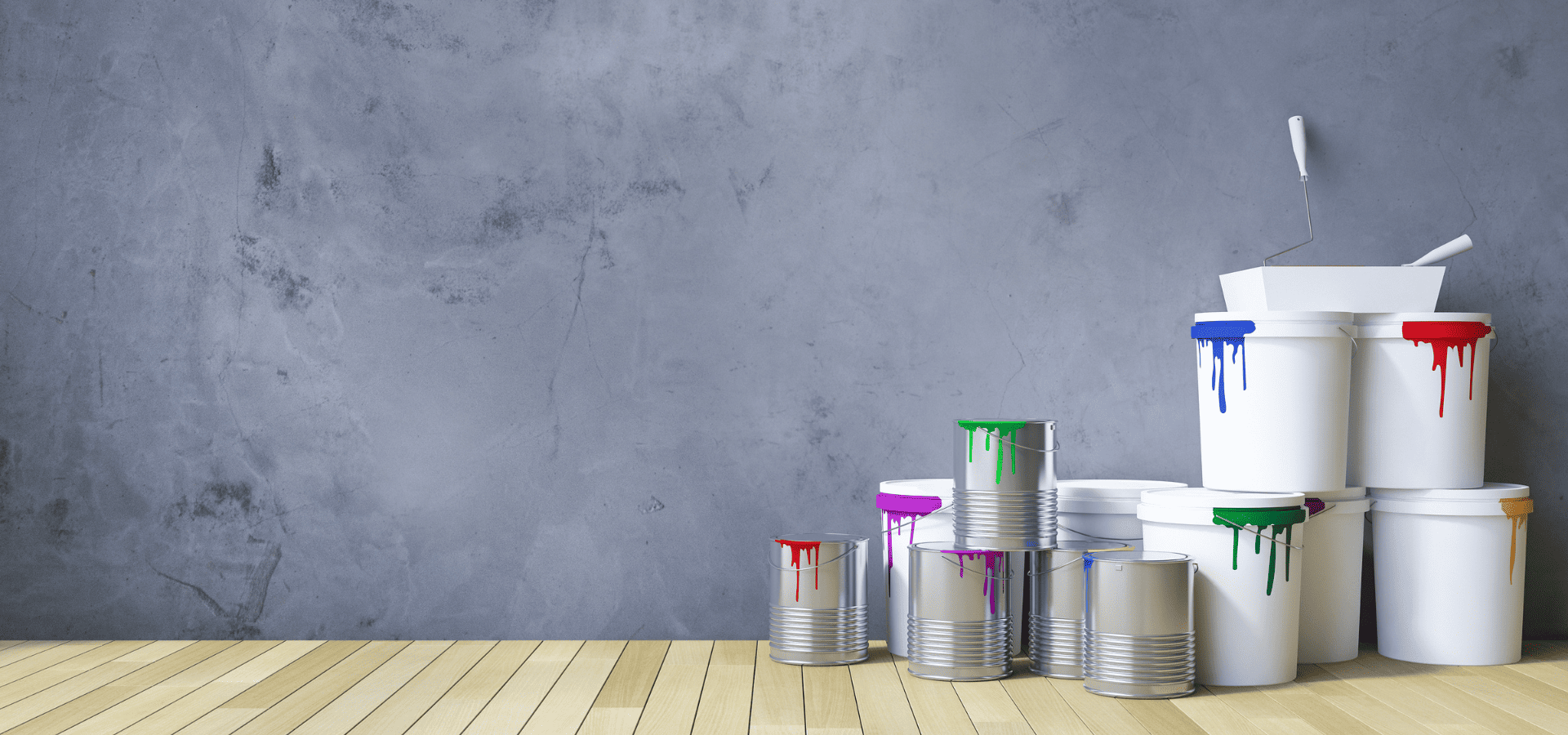Homeowner's Guide To House Paint Types

When it comes to house painting, most people spend the bulk of their time worrying about what color to use, making sure it complements their aesthetics, and choosing the right shade.
In many cases, little thought is given to the type of paint. In fact, many people don't even know that different types of paint exist, and that choosing the wrong paint could be disastrous.
Using the wrong paint will usually lead to it peeling off relatively quickly, or at the very least, unsightly bubbling.
Needless to say, nobody wants these to happen, which is why we created this guide on the different house paint types and when to use each of them.
By the end of this guide, you'll know all the different types of paints, and you'll know how to choose the right one for the surface you're painting.
Let's jump right into it!
Water-Based vs Oil-Based Paint
First up, let's begin with the two main categories of house paint — water-based and oil-based.
99% of the time, you're going to be using paint that falls into either one of those two categories.
Here are the main differences between the two.
Water-Based Paint
Water-based paints (aka latex paints) are the most commonly used type of paint for house painting because they release much less odor, dry quicker, and are much easier to clean up.
Water-based paints can dry within an hour or two, which is multiple times faster than oil-based paints.
And unlike oil-based paints, since water-based paints consist mostly of water instead of oil, they have less toxic fumes and much less odor.
On top of that, water-based paints can be cleaned off surfaces easily, which can’t be said for oil-based paints
So why would anyone choose oil-based paints?
One word —
durability.
Oil-Based Paint
The main advantage of oil-based paints is that they’re extremely tough, a good deal tougher than water-based paints, and they’re also better able to resist stains and moisture.
The downsides are many though:
- Much longer drying times (8-24 hours)
- Much stronger odor and more toxic fumes, sometimes to the point where certain regions restrict their use
- Much harder to clean off spills, will need the use of turpentine or mineral spirits
Water-based paints nowadays are far more durable and stain-resistant than in the past, which is why, in many cases, the added durability of oil-based paints just isn’t worth the drawbacks anymore.
Water-based paints are still less able to take a beating and resist stains and moisture, but technology has closed this durability gap significantly.
As such, people nowadays are increasingly opting for water-based paints over oil-based paints, even for surfaces that might need a bit more toughness.
The only time when it makes sense to choose oil-based paints is for surfaces that have serious human traffic or will be exposed to lots of moisture or harsh elements, which is really only your handrails.
Other than that, even for areas like your bathroom walls that will be exposed to moisture, or outdoor surfaces, specially formulated or high-quality water-based paints will get the job done.
Oil-based paints are essentially obsolete in modern day, with the exception of very specific situations. As long as you’re not painting handrails, go with a water-based paint.
Interior vs Exterior Paint
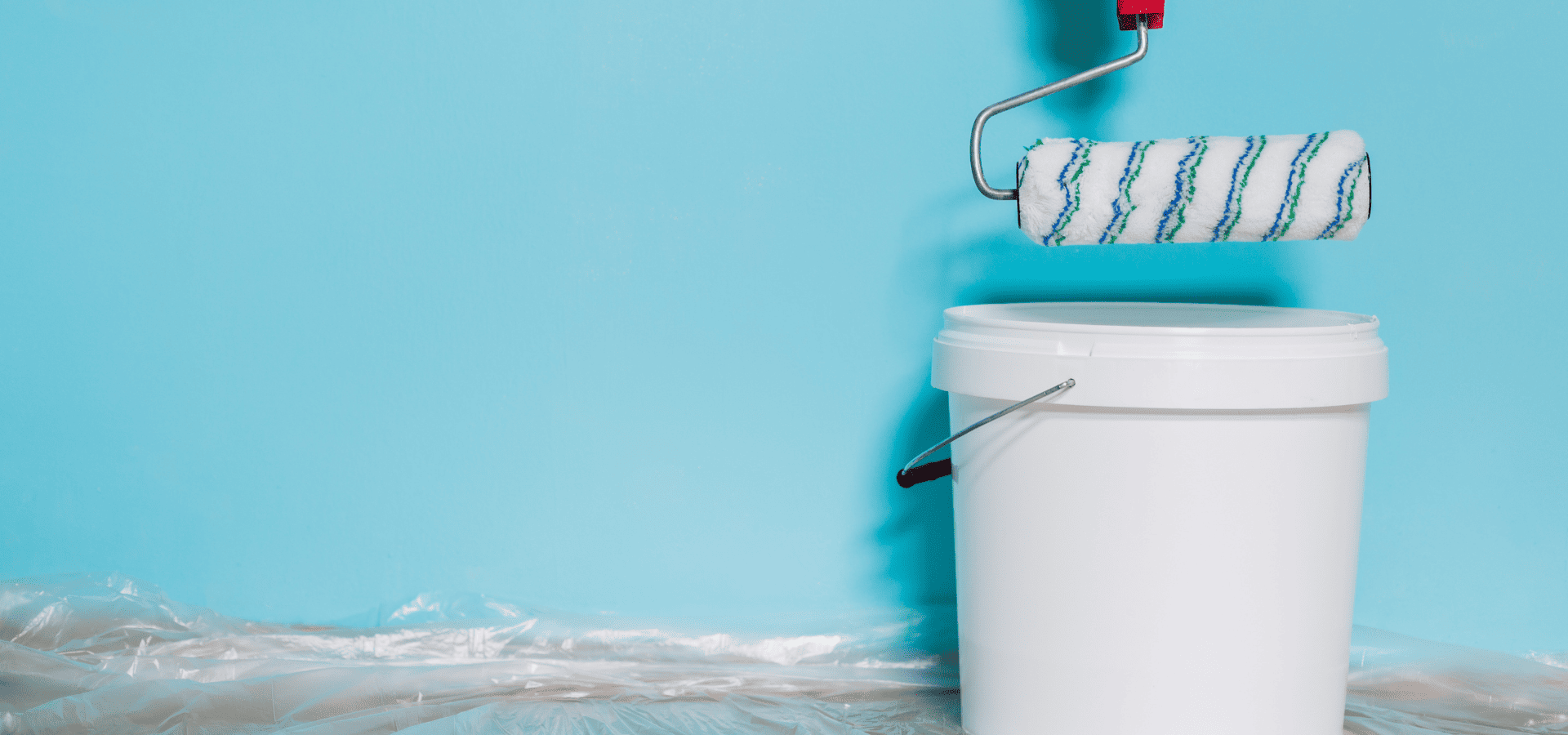
Whether you’re painting the interior or exterior of your house, you should be using water-based paints most of the time.
So the difference between interior and exterior paints lies in how they’re formulated, not their base.
Here's a breakdown of their differences.
Interior Paint
Interior paints are designed specifically for indoor spaces, where there's less ventilation and less harsh elements like UV rays.
As such, interior paints are:
- Formulated to release less odor, to factor in the poorer ventilation. There are even lower-VOC paints and zero-VOC paints for additional safety.
- Easier to clean so that any spills on furniture, the floor, and whatnot can be cleaned off without too much trouble
- Not designed to handle UV rays or temperature swings
Basically, since they're meant for indoor use, indoor paints release less odor and are easier to clean, and they aren't designed to be able to handle harsh outdoor elements like the sun and rain.
In addition, some indoor paints even contain anti-microbial or mildew-resistant additives, which come in very handy for bathrooms and kitchens.
Exterior Paint
Exterior paints, which are made for the harsh outdoors, are of course more robust.
They feature:
- UV protection to combat fading
- Mold and mildew resistance
- Tougher binders to prevent peeling and cracking
- Flexibility to handle expansion and contraction with weather changes
To achieve these, unfortunately, exterior paints also need to use more additives and protective agents, which means stronger odors, slightly more toxic fumes, and a bit more effort needed to clean off.
This is necessary for them to survive years of rain, wind, and sun, so there's just no way around it.
You may have noticed that this is somewhat similar to water vs oil-based paints, where water-based paints have less odor and are easier to clean.
But fret not. Exterior paints are harder to clean off and have a stronger odor, but they're still nowhere close to the level of oil-based paints.
Just don't use them indoors, even if you need added toughness, as the stronger chemicals and fumes can pose health risks. If you need tougher paints, there are more durable indoor paints available.
Surface-Specific Paint
Now that we’ve gone over the broadest categories of paint, let’s get even more specific and zoom in on surface-specific paints.
For your walls, it’s just going to be normal paint, i.e. interior or exterior water-based paint.
But for other surfaces, they each have paints specially formulated to suit their conditions.
Here are the various surface-specific paints.
1. Ceiling Paint
Ceiling paint is made to be thicker than wall paints to minimize splattering and dripping, which is a key feature for ceiling paint, seeing as gravity will be constantly pulling it downwards.
For that same reason, they’re also designed to apply evenly without running.
Additionally, since it’s the ceiling, you don’t want it to reflect too much light, which is why ceiling paint usually comes in a matte finish (we’ll cover finishes later on) to reduce light reflection.
Certain ceiling paints even come with a subtle tint, usually pink or blue, that fades to white as it dries. This is particularly helpful for you to see where you’ve already painted, which sounds easy, but can actually be a challenge when you’re looking upwards at an awkward angle.
Overall, ceiling paint isn’t too different from wall paint. They’re just thicker and able to stay put without dripping. Still, these small differences make a world of difference, and gravity can make a ceiling paint job very challenging if you’re not using the right paint.
2. Floor Paint
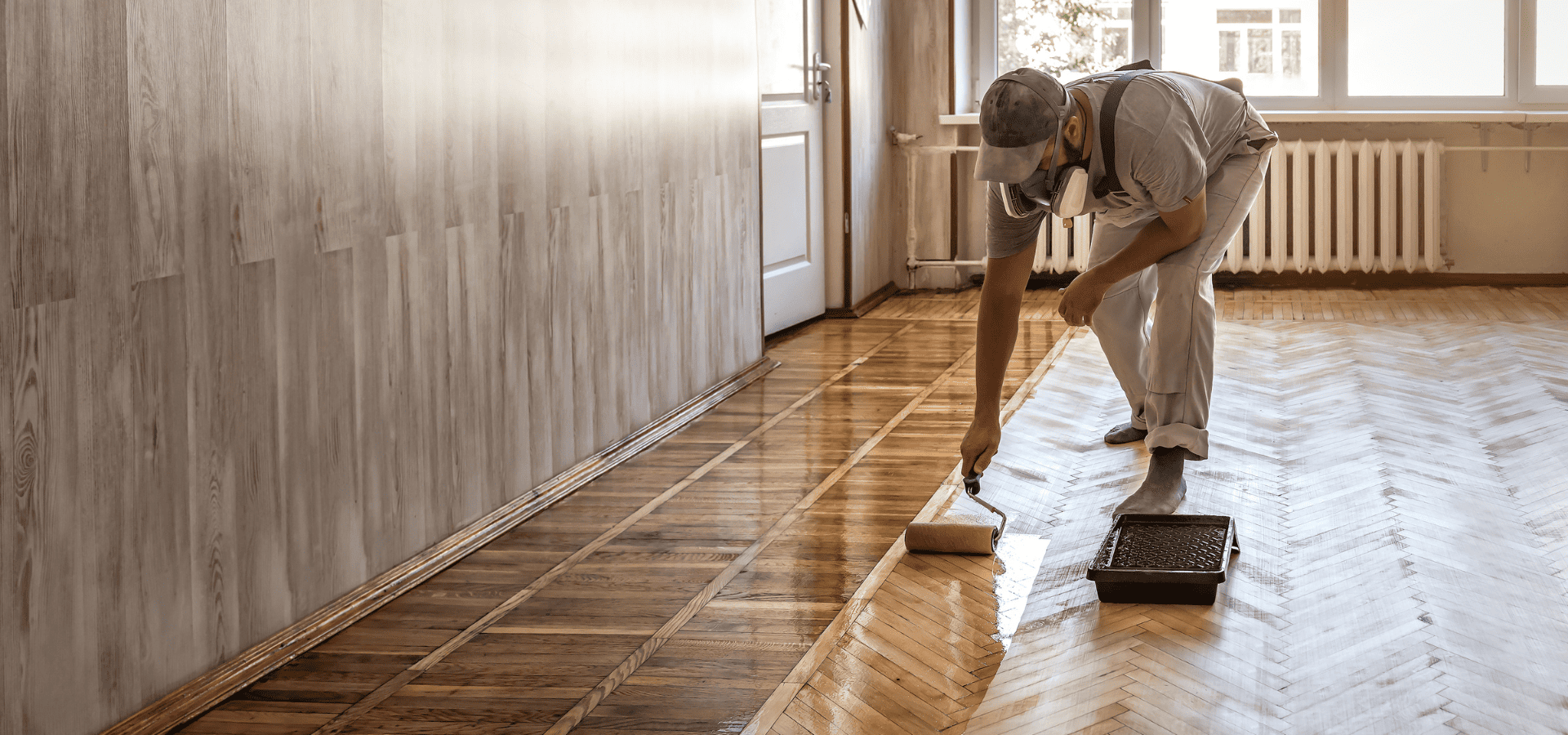
No other surface in your home gets as much traffic as your flooring, which is why floor painting calls for exceptionally robust paint.
It's not just human traffic that your floor paint has to deal with. Indoors, there's also heavy furniture that will be moved or dragged around. And outdoors, there's the weight of cars, as well as the friction from car tires.
That's why floor paints are formulated to be ultra-tough, and are usually a type of epoxy or urethane-based paint.
Epoxy and urethane-based paints are two of the toughest paint types on the market. When it comes to flooring, both types are often used in conjunction to achieve ultimate durability. This combination of both paint types is considered the “gold standard” in
floor painting.
Some floor-specific paints even include anti-slip additives, and some commercial floor paints offer chemical resistance for workshop use.
In a nutshell, floor paints are engineered to be super durable, and are usually either urethane or epoxy-based for maximum durability.
3. Masonry Paint
Masonry paint is meant for surfaces like brick, stucco, and concrete.
These surfaces are very porous, so using normal paints will trap moisture inside them, eventually resulting in bubbling or peeling.
As such, masonry paint is made to be more breathable. They let moisture out, but not in.
Concrete, stucco, and cement also have naturally high pH levels, so regular paints won't be able to adhere to them properly.
That’s why on top of being breathable, masonry paints are made to be alkaline-resistant to be able to adhere strongly to these masonry surfaces.
Furthermore, these surfaces are usually used outdoors, whether it's concrete pillars, brick exteriors, or stucco siding. Because of this, masonry paints are exterior paints and will be able to stand up to the rain, sun, freezing, and thawing.
To sum it up, masonry paint is breathable, alkaline-resistant, and able to withstand harsh outdoor elements.
Just note that if you’re painting concrete floors, you need to use concrete-specific floor paint instead of masonry paint. Regular masonry paint just isn't robust enough for floors.
4. Metal Paint
Lastly, metals face a unique challenge that no other surfaces do — rust and corrosion.
Metal is also much smoother than the other surfaces, so normal paint won't be able to adhere securely.
As such, metal paint is specially designed to stick onto metal, as well as to inhibit rust and corrosion.
Other than that, metal paint is largely the same as regular paint. If you're painting metal surfaces outdoors, choose exterior metal paint, and if you need added durability for handrails, opt for epoxy metal paint.
Other Paint Types
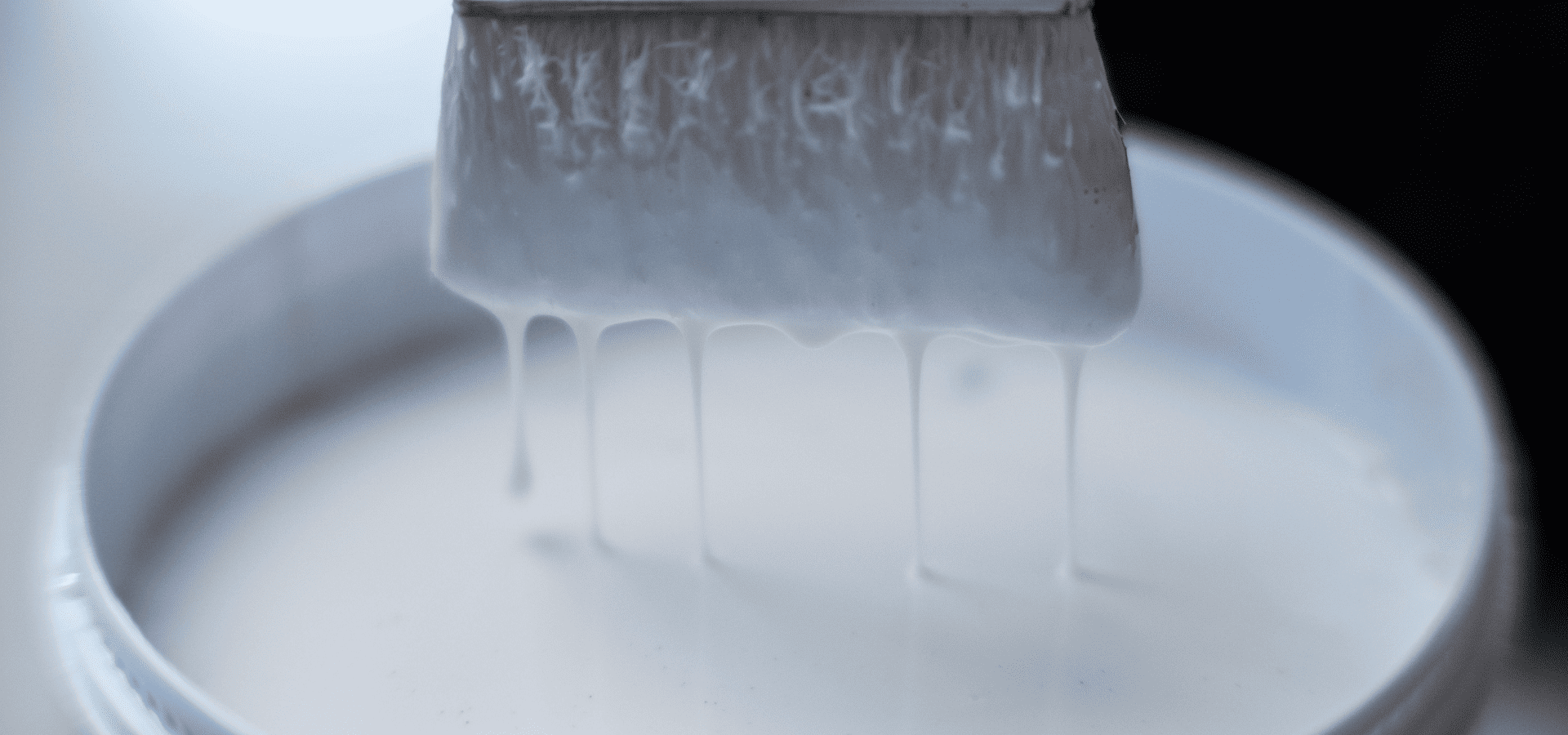
At this point, we've covered the various main paint types, as well as surface-specific paints.
Now, we'll be going over the remaining types of paint. Most of these are seldom used, but it's good to know they exist just so that you know your options.
- Epoxy-based paint: Extremely durable, chemical-resistant. Meant for garage floors and industrial environments.
- Enamel paint: A type of water or oil-based paint, but with a harder and more robust finish. This is what you'll want to be using for your trim, doors, and cabinets.
- Lacquer paint: Fast-drying solvent-based paint. Mainly used for furniture as it gives a hard, mirror-like finish that's perfect for furniture, but not walls, ceilings, doors, etc. Pros usually don't use this for homes as it needs to be sprayed on, which residential homes usually aren't suited for.
- Elastomeric paint: More of a coating than a paint, but sold as a paint. It's meant for masonry surfaces and is thicker and tougher than masonry paint, but it's usually only used when there are small hairline cracks that need to be sealed. There's a limit to elastomeric paint’s aesthetic capabilities, so in normal cases with no cracks, normal masonry paint is preferred.
- Milk paint: A natural, eco-friendly paint that comes in powder form to mix with water. Features a soft, chalky finish that's perfect for a vintage vibe on furniture. Not the most durable, even with a sealant, so it's only suitable for use on low-traffic surfaces like furniture.
- Chalk paint: Gives the same soft, chalky finish as milk paint, except with much stronger adhesion, though also less eco-friendly. Chalk paint has such strong adhesion that it's able to stay on surfaces like metal, glass, and laminate, so if you're looking for a vintage finish on smooth surfaces, you'll want to use chalk paint.
Conclusion
With that, we've covered all the important paint types that you need to know. Great job making it this far!
We've covered a lot of paint types in this article, so here's a quick summary of which paint to use for each surface.
| Surface | Best Paint Type |
|---|---|
| Interior Walls | Interior water-based paint |
| Ceilings | Ceiling-specific paint |
| Trim & Doors | Enamel paint (can be water or oil-based, but modern water-based enamels are recommended) |
| Cabinets | Enamel paint (high-quality water-based or hybrid enamel) |
| Bathroom Walls | Moisture-resistant interior water-based paint (with mildew-resistant additives) |
| Floors | Floor-specific paint |
| Exterior Walls | Exterior water-based paint |
| Concrete Floors | Epoxy or urethane-based floor paint, or a combination of both for best performance |
| Masonry (Brick, Stucco, Concrete) | Masonry-specific paint |
| Hairline-Cracked Masonry | Elastomeric paint |
| Metal Surfaces (Railings, Fences) | Metal-specific paint |
| Furniture (Vintage Look) | Chalk paint or milk paint (chalk paint for smooth surfaces, milk paint for an eco-friendly option) |
| Garage/Industrial Floors | Epoxy-based paint |
Also, note that you need to also match the right primer to the right paint. Basically, if you’re using a surface-specific paint, match it with the respective surface-specific primer, and if you’re using a specific paint type, like epoxy paint, you also need to match it with the right primer, i.e. epoxy primer.
These primers will share similar qualities to their paint type. For example, both metal primer and paint are rust-inhibiting, and both floor primer and paint are incredibly tough. So always match the primer to the paint.
By now, you should be well-equipped to choose the best paint for whatever surface you’re painting.
The next step is to actually start painting. If you need guidance in that aspect, check out our guide on
painting different surfaces.
Or if you prefer to have the experts handle the painting, give
Renewed Walls Painting a call today at
919-759-6676!
Recent Posts
